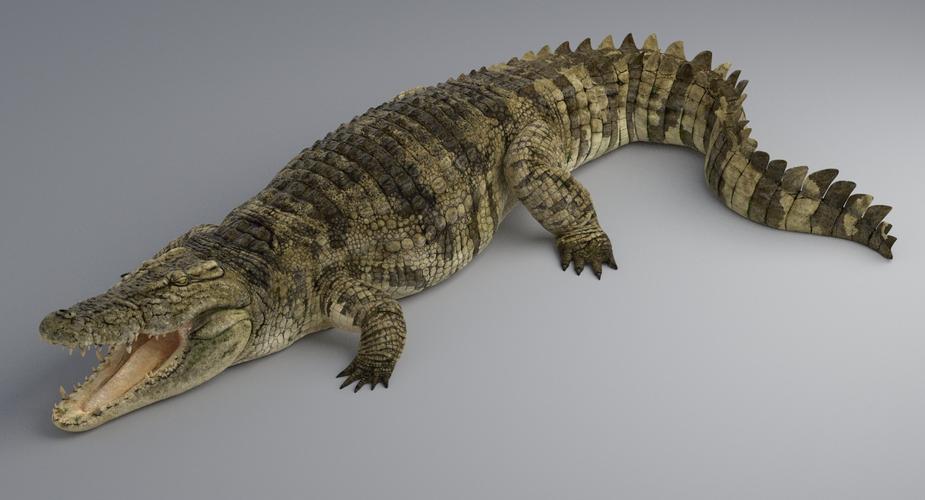3D Printed Cross: A Comprehensive Guide
Have you ever wondered about the intricate details and diverse applications of a 3D printed cross? In this article, we will delve into the fascinating world of 3D printed crosses, exploring their design, materials, uses, and the technology behind them. Get ready to uncover the beauty and functionality of these unique creations.
Design and Aesthetics
The design of a 3D printed cross can vary greatly, depending on the artist’s vision and the intended purpose. Some crosses are simple and elegant, while others are intricate and detailed. The design process often involves using computer-aided design (CAD) software to create a 3D model of the cross. This model is then used to guide the 3D printer in producing the final product.
![]()
One popular design feature is the inclusion of religious symbols or inscriptions. These can range from simple crosses to more complex scenes, such as the crucifixion or the resurrection. The design possibilities are virtually limitless, allowing for a unique and personalized piece of art.
Materials
3D printed crosses can be made from a variety of materials, each offering its own set of advantages and disadvantages. Some common materials include:
| Material | Description | Advantages | Disadvantages |
|---|---|---|---|
| PLA (Polylactic Acid) | Biodegradable and environmentally friendly | Easy to print, durable, and available in various colors | Not suitable for outdoor use due to its biodegradable nature |
| ABS (Acrylonitrile Butadiene Styrene) | Strong and durable | Great for outdoor use, high impact resistance | Not biodegradable, may require additional finishing |
| Resin | High resolution and detail, suitable for intricate designs | Excellent for artistic pieces, can be painted or stained | More expensive, requires a specialized printer and curing process |
Applications
3D printed crosses have a wide range of applications, from religious and spiritual purposes to artistic and decorative uses. Here are some of the most common applications:
-
Religious symbols: 3D printed crosses are often used as religious symbols in churches, homes, and other places of worship.

-
Artistic pieces: Artists use 3D printing to create unique and intricate crosses that can be displayed in galleries or as part of a larger collection.
-
Decorative items: 3D printed crosses can be used as decorative items in homes, offices, and other spaces.
-
Memorial markers: 3D printed crosses can be used as memorial markers for loved ones, providing a personalized and unique tribute.
-
Education: 3D printed crosses can be used in educational settings to teach about religious history and symbolism.
Technology Behind 3D Printing
3D printing, also known as additive manufacturing, is the process of creating a three-dimensional object from a digital file. The technology involves layering materials to build up the object, one layer at a time. Here’s a brief overview of the process:
-
Design: The first step is to create a 3D model of the cross using CAD software.
-
Preparation: The 3D printer is loaded with the chosen material, and the build platform is prepared for printing.
-
Printing: The printer deposits layers of material, following the instructions from the 3D model.
-
Finishing: Once the printing is complete, the cross may require additional finishing, such as sanding, painting, or staining.
Conclusion
3D printed crosses are a testament to the power of technology and creativity. With their unique designs, versatile materials, and numerous applications, these crosses have become a popular choice for artists, religious communities











